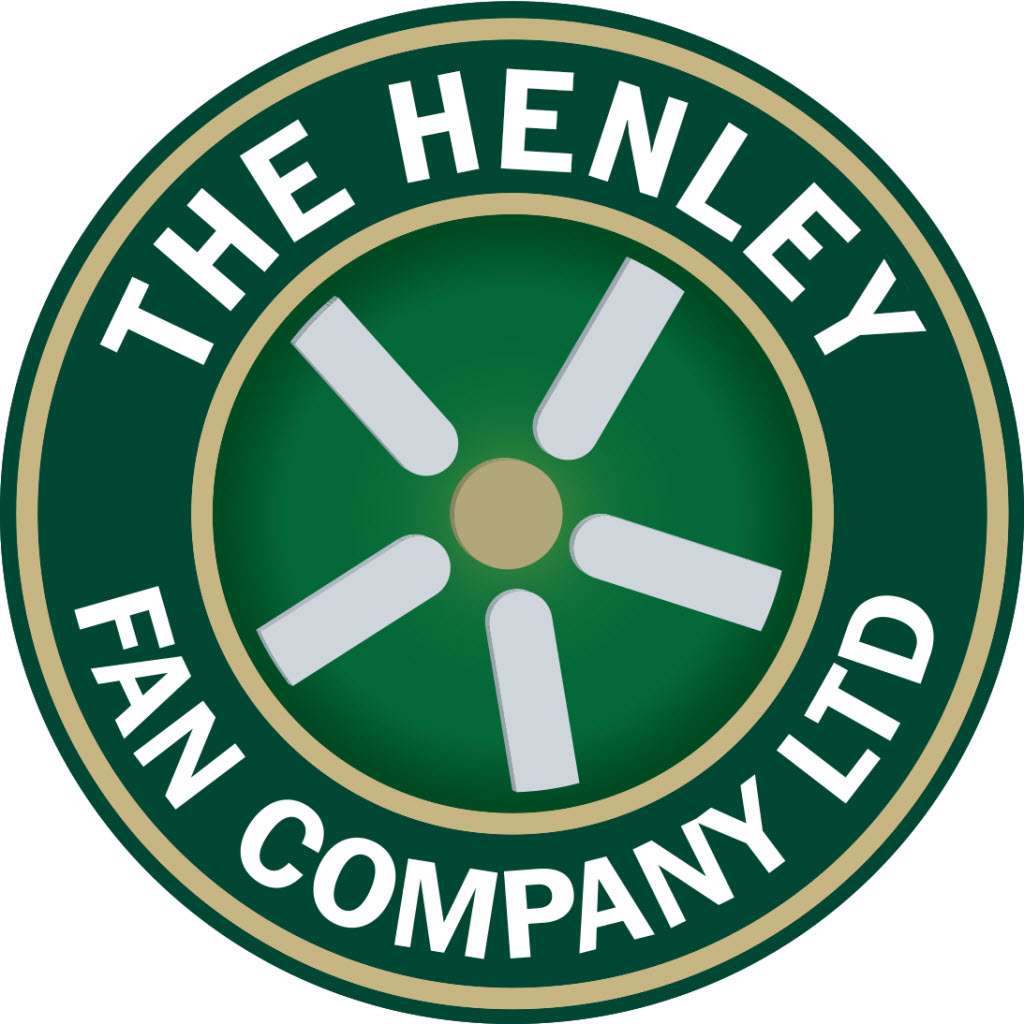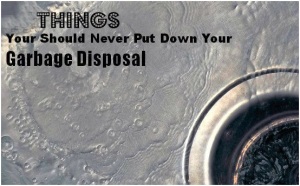There’s a reason why non-food items are not allowed on our garbage disposal unit.
Aside from non-food items are insoluble in water, they contain chemicals that may be harmful to our sewage systems and to the environment as a whole.
And take note, the foods we throw down our disposal units go directly to our drainage where it eventually should be deposited to treatment plants.
Sadly, a lot of chemicals found in non-food items can seep through the sewage systems, leading their way to our land fields and even to our water lines. This thought is quite bothersome especially if you consider the environmental and physical harm that the distribution of these chemicals to households can bring.
Below is a table of common things we might be thinking of throwing down the sink including the harmful chemicals that they have and the possible health problems people could suffer upon extreme exposure or ingestion.
| Product
| Chemical Present | Health Effects |
| Adhesives (i.e. glue, paste, | acetone | Lung damage, neurological problems
|
| Printed and copied papers, plastics
| benzenes | Leukemia, damage to the DNA, organ damages ((liver, colon and bronchi), cardiac abnormalities, heart attack and unconsciousness
|
| Spray paints, solvents, varnish
| Carbon disulfide | Insomnia, emotional instability, damage to the peripheral nerve
|
| Food wraps,
| DEHP (diethylhexyl phthalate | Lung and liver abnormalities and damage to reproductive organ |
| glue
| Ethanol | Neurological damage, damage to fetus and liver
|
| Printings, fabrics, mattresses
| Formaldehyde | Impaired memory, asthma, eye irritation, respiratory irritation
|
| Paint, glue, adhesives, inks
| Glycol ethers | Liver and red blood cell damage
|
| Herbicides, pesticides, drugs, plastics
| Hydrazine | Autoimmune disease |
| Rubber products
| MBT (2 –mercaptobenzothiazole)
| Allergy, damage to cell walls |
| Paint, ink
| Methanol | Blindness, dizziness, headache, neurological damage
|
Non-food items are created using chemicals so you can’t just expect these basic components to disappear once you flush them down your sink.
If any, you’re only adding more to the environmental risks these chemicals can produce.
The Alternative
Rather than throw non-food items on the sink and risk exposing you and your family to health problems, go for the more appropriate step which is to segregate these non-biodegradable materials.
You may go for placing them at a separate trash bin or plastic bag.
For liquid wastes such as paint and ink, you can bring them to the nearest mobile drop off point where they are regularly collected and disposed safely.
Motor oils on the other hand should be placed inside a safe container and delivered to your local oil collection facility. In there, proper processes will be taken to clean and possibly reuse it.
Tips…
If you’ve been fond of just throwing almost anything down your sink, then you can at least begin to remove the practice by starting with the following easy tips:
- Use sink strainer to filter the products that goes down your sink.
- Place non-food item wastes on a separate trash bag.
- Use less detergent and choose the brand with lesser salt content.
Are you guilty of throwing away anything on your sink? How do you plan to change it?

